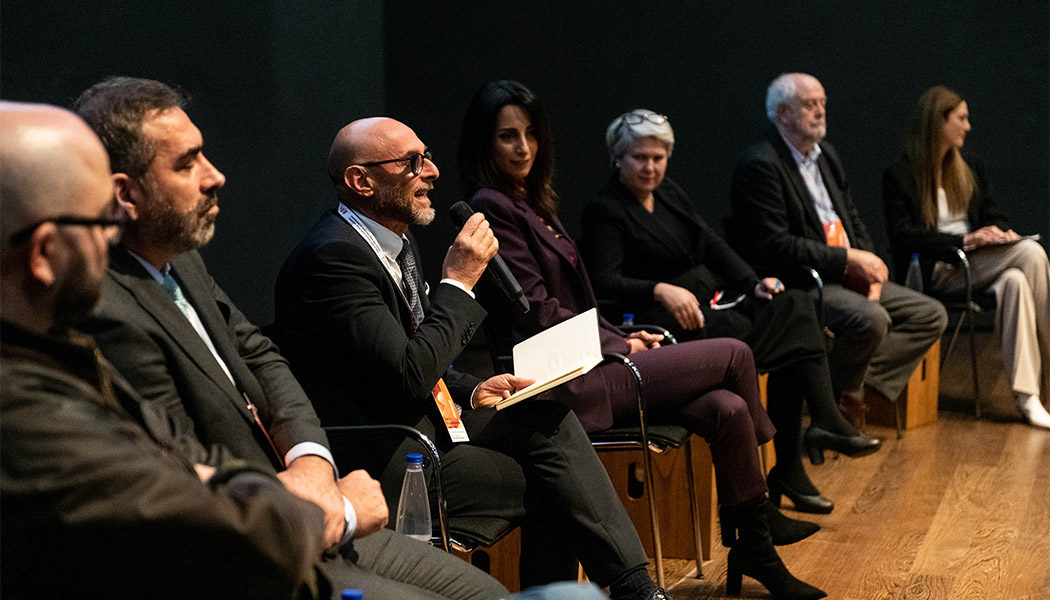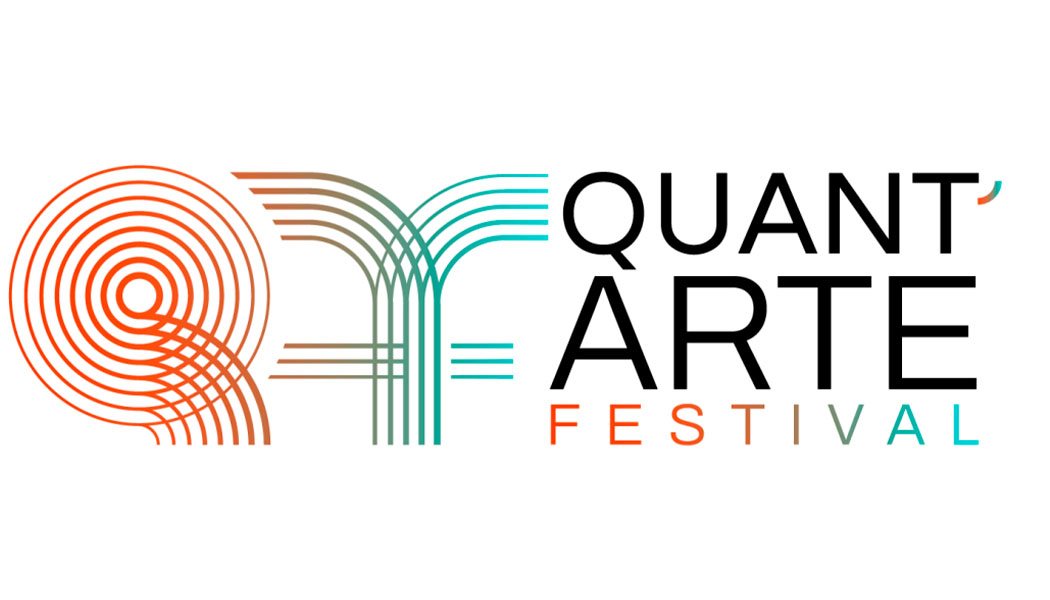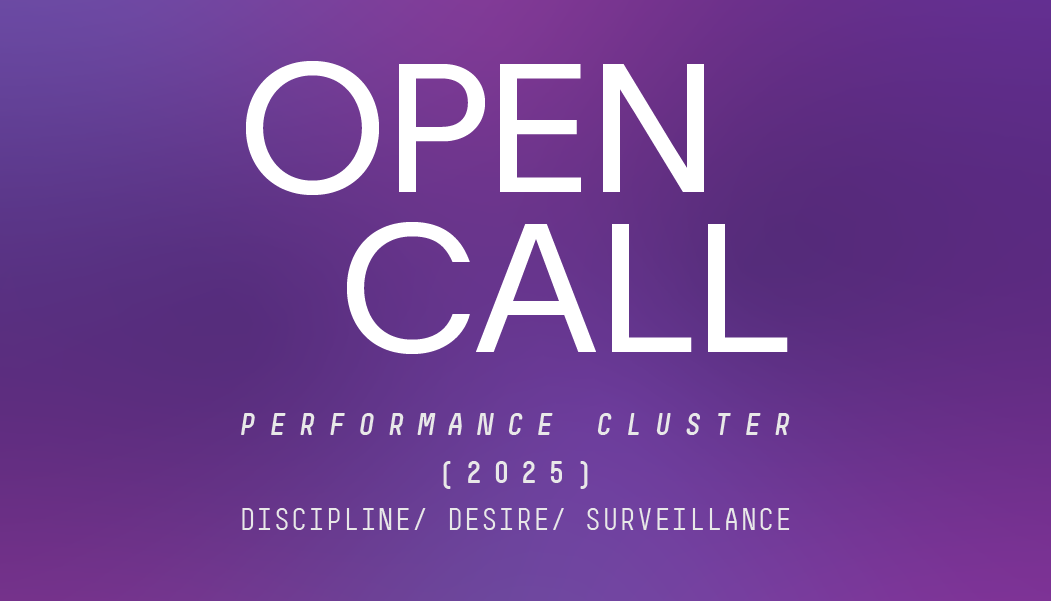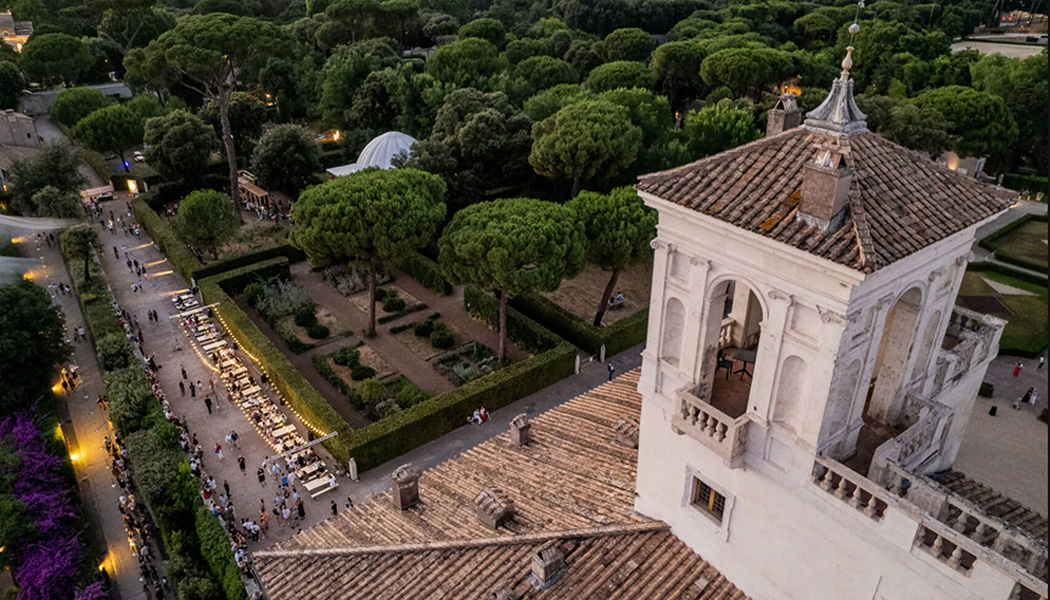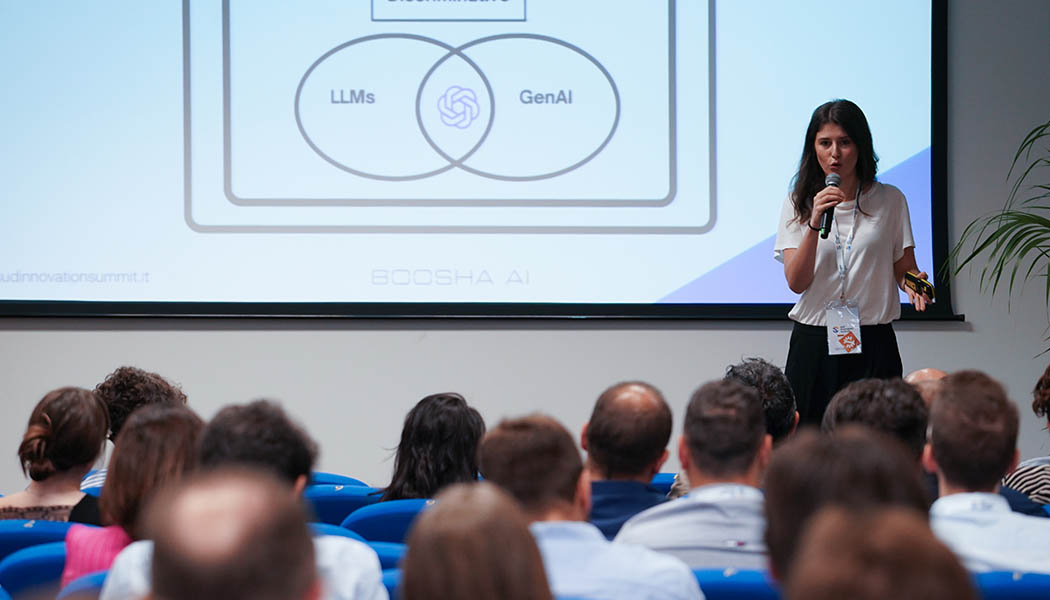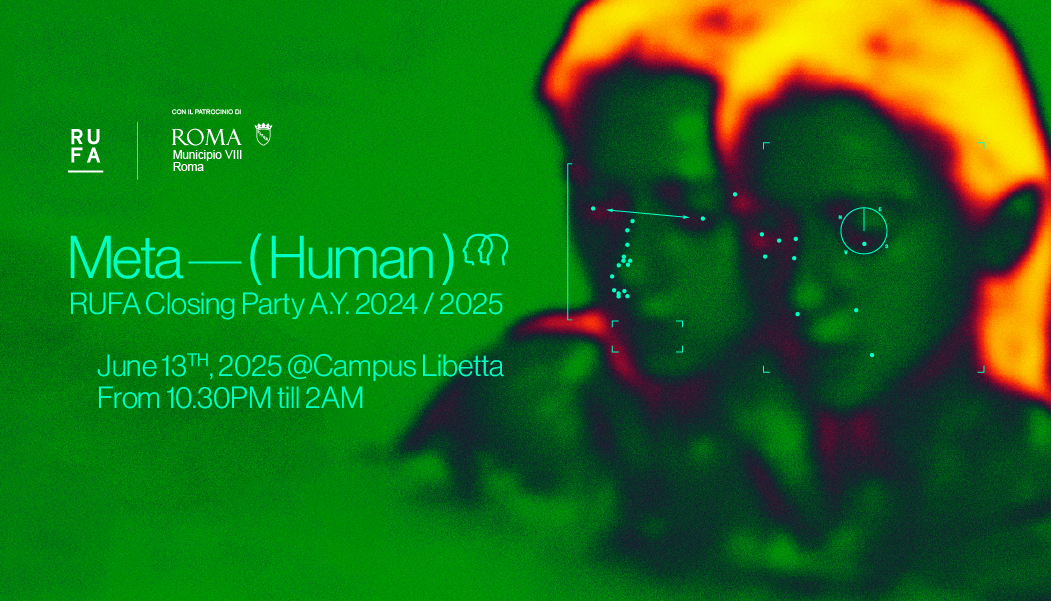Ready to take up the challenges of the future, in the knowledge that the strengthening of Made in Italy, understood as the meeting point of genius, beauty and innovation, passes through four major macro areas:
a) research, b) quality of training courses, c) international openness, d) focus on the new generations.
CIANS – Coordinamento Istituzioni Afam non Statale (Coordination of Non-State Afam Institutions) met at the Maxxi in Rome for an intense and well-participated conference/workshop.
The meeting, entitled “CREATIVITY, DRIVER OF THE MADE IN ITALY ECONOMY – Training, innovation and sustainable development”, was held on Thursday, November 10 with the aim of bringing together around a table some of the players involved in the complex planning process aimed at enhancing the institutions of higher education in art, music and dance, restoration and design (Afam) and strengthening their role in a broader perspective of growth of the Italian System.
Opening the convention were the moving voices of Flowing Chords: a choral project directed by maestro Margherita Flore.
The conference phase took place in the crowded auditorium of the National Museum of 21st Century Arts. After the greeting by the Maxxi Foundation’s secretary general Francesco Spano, the speakers, moderated by journalist Giorgia Cardinaletti, were the CIANS president Fabio Mongelli, the president of the Fondazione La Quadriennale di Roma Umberto Croppi, the president of the CNAM Antonio Bisaccia, the vice-president of ADI – the Italian Association for Industrial Design Antonella Andriani, the fashion reporter and TV author Valeria Oppenheimer, the journalist Riccardo Corbò and the professional designer Valerio Schiti, who aroused the enthusiasm of the many students present. In the afternoon, a two-part debate took place between former Minister of Cultural Heritage and Activities Alberto Bonisoli and Confindustria Vice President and President of Young Entrepreneurs Riccardo Di Stefano. A discussion that highlighted the need to support the needs of the world of professions by adapting training courses.
Subsequently, the focus shifted to the opening of four different thematic tables: “Students at the Centre of Italian Higher Artistic Education”, “Research and Innovation in AFAM Institutions”, “The Quality of Higher Artistic Education”, “Promoting Higher Artistic Education Institutions in the World”.
The work of the members of the thematic tables, coordinated for CIANS by Filippo Pernisco, Guido Tattoni, Annalisa Bottoni and Riccardo Balbo, with contributions from a number of external experts, made it possible to determine the guidelines for a forthcoming publication on the conference theme. In this step, the support provided by Luisa Ribolzi, former Anvur vice-president with Afam delegation; Francesca Villa, Italian Professional Association Credential Evaluator; and Dario Guardalben, CIANS secretary general, was significant.
Valuable, as always, were the stimuli provided by the student component represented by the councils and the contributions from the directors and delegates of the CIANS institutions from the 30 venues scattered throughout Italy: Fabio Mongelli, RUFA – Rome University of Fine Arts; Nicoletta Castellaneta, ‘Aldo Galli’ Academy of Fine Arts; Wania Coccioli and Michela Goro, Poliarte Academy of Fine Arts and Design; Fausto Deganutti, ‘Giambattista Tiepolo’ Academy of Fine Arts; Barbara Trebitsch, Lupo Lanzara and Furio Francini, Accademia di Costume e di Moda; Filippo Pernisco, Accademia Italiana; Nadia Nigris and Umberto Bellodi, Accademia Teatro alla Scala; Benedetta Albini, Accademia di Belle Arti SantaGiulia; Raffaella Romano, IAAD – Istituto d’Arte Applicata e Design; Riccardo Balbo, IED – Istituto Europeo di Design; Danila Attivissimo, Paolo Meroni and Davide Alesina, Istituto Marangoni; Alessandro Bertini, Istituto Modartech; Michele Lettieri, IUAD – Fashion Academy; Marcello Menni, LABA – Libera Accademia di Belle Arti Brescia; Domenico Cafasso, LABA – Libera Accademia di Belle Arti Firenze; Guido Tattoni and Annalisa Bottoni, NABA – Nuova Accademia di Belle Arti; Luna Todaro, Quasar Institute for Advanced Design; Francesco De Giorgio and Emiliano Alborghetti, SAE Institute; Stefano Mastruzzi, Saint Louis College of Music; Davide Ienco and Marco Iacomelli, STM Scuola del Teatro Musicale.
